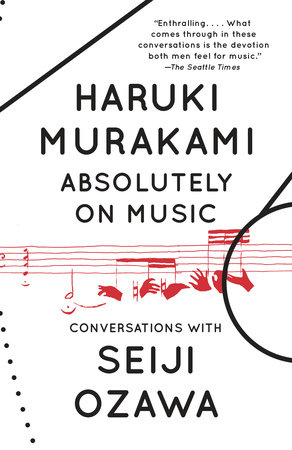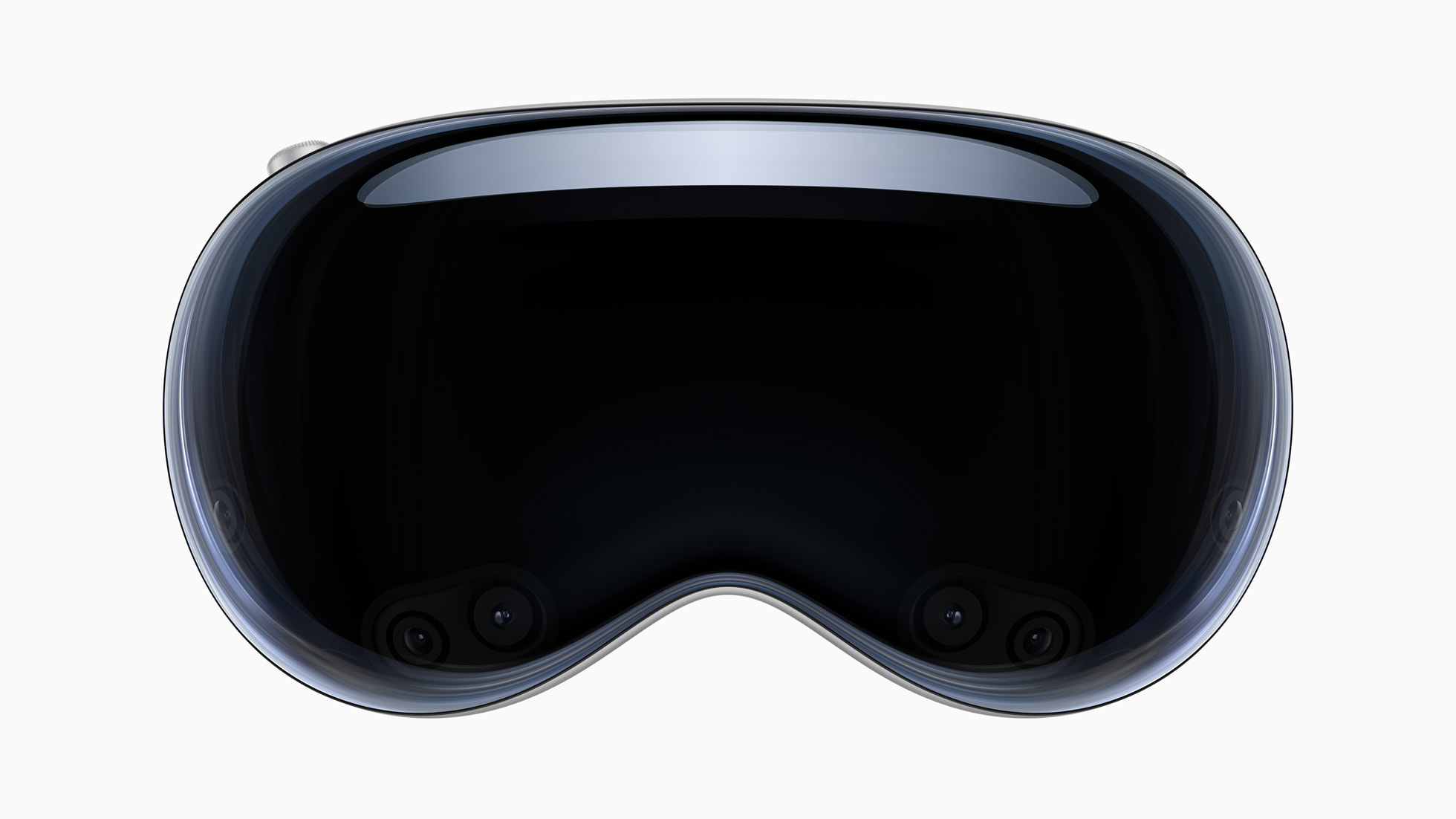
In discussing the value of an education, things often get muddled up. That comes across in this essay in the New York Times, where the author who teaches humanities confesses she is not sure of their value.
That’s too bad, because the humanities obviously have value. A humanities degree may not. The difference hinges on the word value. Let’s take a moment to examine that essential word in relation to a college education.
The value of a college education can be looked at in two ways: it’s economic value and it’s non-economic value.
If you go to college and get a degree, there is an economic cost associated with that. There are the costs of going to a school of higher education, such as tuition, books and even residence. There are also opportunity costs: I might forgo getting a job right after high school in order to attend school and as a result I lose the salary I could have made at that job. Both sets of costs need to be accounted for.
Besides the costs, there are the economic benefits of going to college. The job I skipped to go to college may have paid me $X dollars over 20 years. If I studied medicine and become a doctor, then I may end up making $X+Y over 20 years. The additional Y dollars is the economic benefit of going to college.
Take all that, subtract the economic cost of going to college from the economic benefit, and you get the economic value.
Of course you get more than economic value. You gain knowledge and skills. You might learn to live independently in a new town or city. You could meet people who become lifelong friends, perhaps even your spouse or partner. The non-economic benefits you acquire from going to college go on and on.
The challenge humanities (and even undergraduate science) degrees have is they no longer have the economic value they once have. The time you spend gaining a degree in English literature may have enriched your life forever, but it likely won’t get you a good job the way it did for the boomer generation.
If people are going to formally study subjects in post secondary school, there either needs to be some economic benefit to doing so or the cost has to be drastically reduced. Otherwise most people will stop going to college and university and start going to schools that provide more focused practical education and greater value to them.
In some ways that would be a good thing. College may be the best way to study classic literature, or practice computer science, but it is hard to do it all there. You are pretty much forced into a lane when it comes into choosing courses at school, be it in math or philosophy or theatre. Unless you have lots of money and time, trying to learn a diverse range of subjects in school is prohibitively expensive. The only way of gaining all that value is outside an academic environment. People need to learn how to gain that outside a four year degree program. Education should not be something that ends in your early twenties. It’s also something you go into lifelong debt for, either.
The humanities have value; it just may not be economic value. The challenge we have now is providing that particular value to people outside of costly college programs. It a challenge to us both as individuals and as a society.
P.S. Throughout this essay, I used the terms college and diploma. You can easily replace diploma with degree or certificate gained from any post high school institution that resembles a college.






 It seems like IKEA is making forays into things other than furniture these days. For example, here’s a story on their
It seems like IKEA is making forays into things other than furniture these days. For example, here’s a story on their  There was a lot of chatter around private jets last week as a result of
There was a lot of chatter around private jets last week as a result of 
 Nowadays movies seem to be getting longer….many creeping up to 2.5 hours in length. (Don’t believe me? Check out
Nowadays movies seem to be getting longer….many creeping up to 2.5 hours in length. (Don’t believe me? Check out 
 Apple is a computing hardware company: if there is a market for a new form of computing hardware out there, Apple will make it. It was true of digital watches, smart speakers, and various forms of headphones. It’s now true of wearable AR/VR devices with the Apple Vision Pro.
Apple is a computing hardware company: if there is a market for a new form of computing hardware out there, Apple will make it. It was true of digital watches, smart speakers, and various forms of headphones. It’s now true of wearable AR/VR devices with the Apple Vision Pro. The great
The great